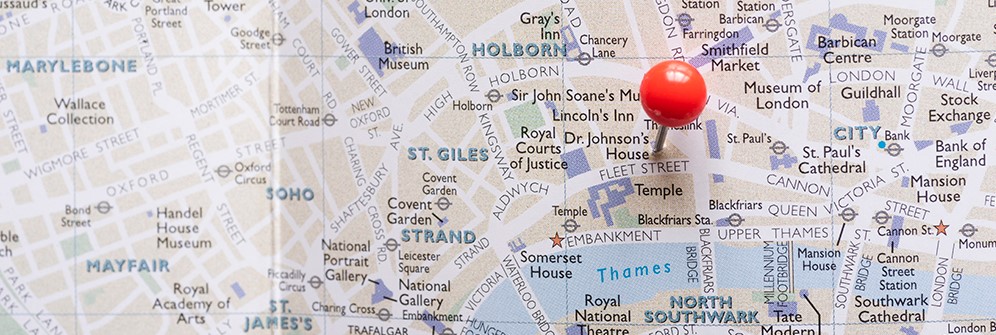All lenders, large and small, have been asked to make difficult decisions across many aspects of their business. They have faced a huge amount of pressure from the Government in terms of having mortgage payment holidays forced upon them at relatively short notice. In general, lenders have reacted quickly, effectively, and decisively but how are landlords responding to this issue?
It depends on the individual in question, and there are many factors to consider before deciding upon this option.
• Taking a mortgage payment holiday should not impact your credit history and it can help with cashflow if tenants are struggling to pay their rent






